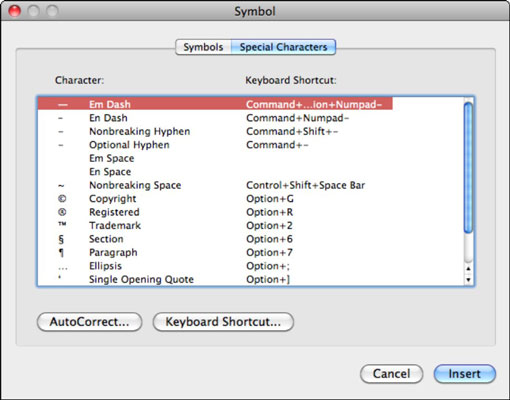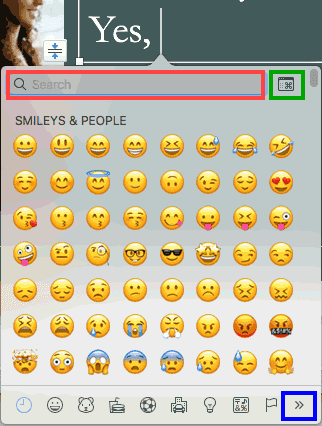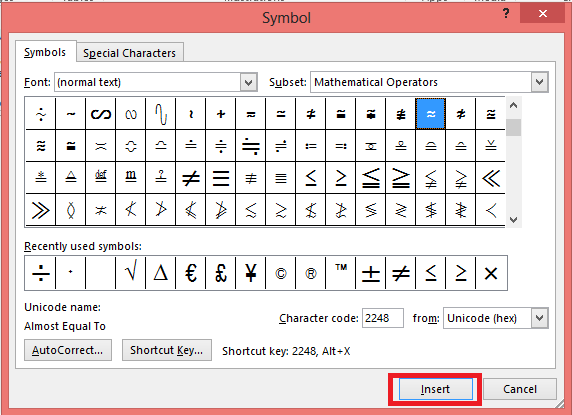
- #Inserting approximate symbol in powerpoint for mac manual
- #Inserting approximate symbol in powerpoint for mac Bluetooth
#Inserting approximate symbol in powerpoint for mac manual
( Option+X) Typing the Approximate Symbol Method 2: Manual Symbol Insertion through Microsoft Word Hold down Option and then press the letter X.Place your cursor or insertion point where you want to put your symbol.For those with a numeric keypad on their device, hold down on Alt, and then press the numbers 2, 4, and 7 successively.
#Inserting approximate symbol in powerpoint for mac Bluetooth
You could opt for a Bluetooth or wired keyboard with a numeric keypad that’s up to you.

Readers will be able to capture the following concepts: This article encompasses methods that you are to choose from, whichever suffices to your needs. These are only a few-and compressed versions-of many ways you could try that includes courses that are way easier and time-efficient so read on to learn more and delve deeper into the detailed guidance about it! Simply scroll through the wide range of selection of symbols, and you’ll see the approximate symbol.

After doing so, you’ll be met with an array of symbols. You’ll see a dropdown option, and below that, you’ll see More Symbols choose so that.

To manually insert it in Microsoft Word, head over to the Insert tab, the Symbols group, and select Symbols. Here is a brief instruction on inserting the said symbol: To insert an approximate symbol, hold down Alt, and then type in 247 (Alt+247). The symbol has been around for science and math to express the state of being almost equal to, more or less the value, etc. The approximate symbol (U+2248 ≈) came from the Latin word, approximatus, which means very near. Unicode is the standard for the consistent encoding of the expression of writing. Today’s topic- What is Approximately Symbol? Symbols and the so-called emoticons came to revolutionize the way we communicate. And so, ever since technology has made its way to the eyes of people and its future generations, continuous development started from then on. Mathematicians and scientists of old age have objectively contributed to the way we see the numbers today.


 0 kommentar(er)
0 kommentar(er)
